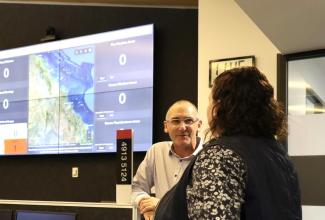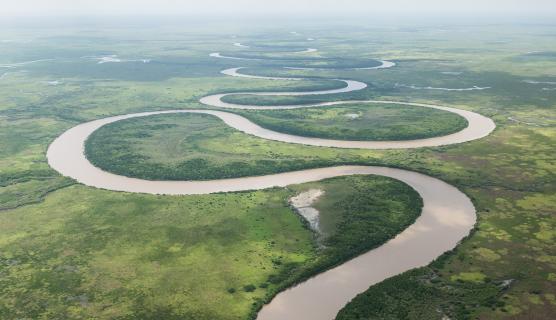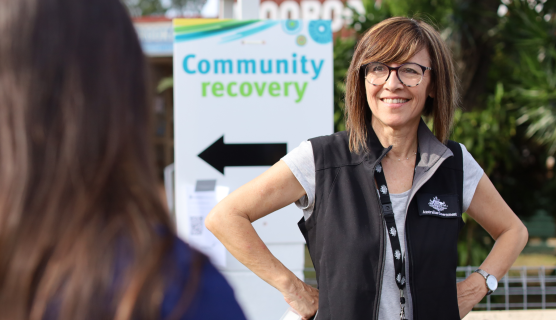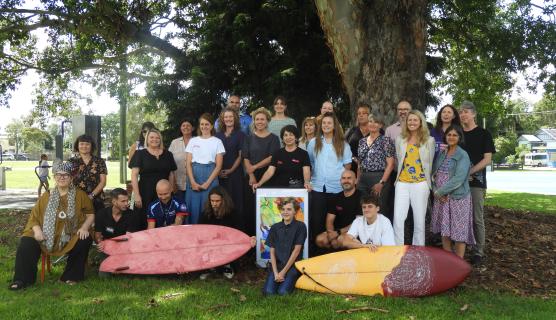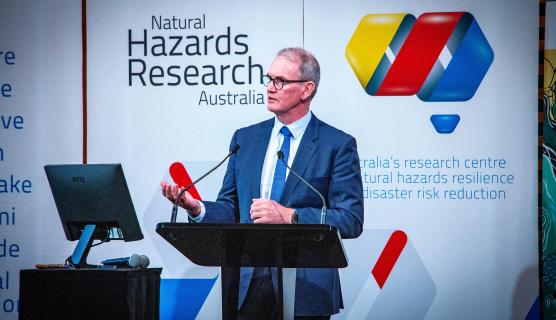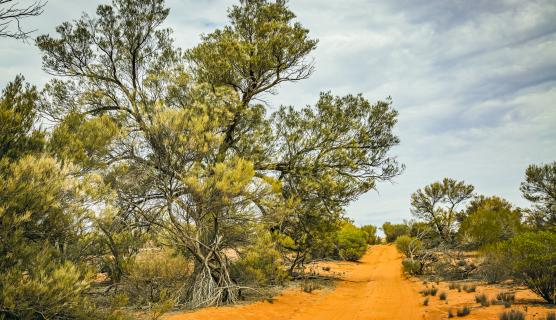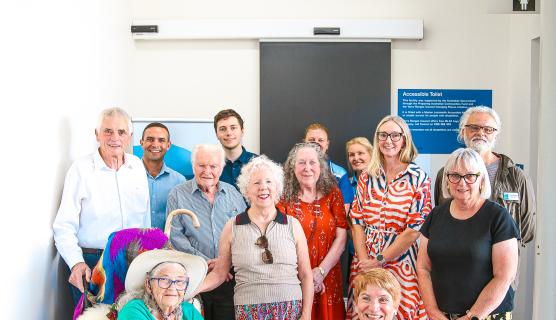Establishing a recovery hub and advancing disaster coordination technology
The Black Summer Bushfire Recovery Grants Program funding also supported such projects as repairing the car park at the Barmaryee Multi-Sports Precinct, which was damaged during the November 2019 bushfires, and improvements to Rural Fire Brigade accesses.
The funding has also enabled upgrades to the Livingstone Shire Local Disaster Coordination Centre, including an LED wall, microphones, video wall processing and control system. Telecommunications capabilities are being upgraded, including remote videoconferencing capabilities and a meeting room to support the Local Disaster Management Group.
In April, works began on the Station Community Recovery Hub , also supported by the funding. The Station Community Recovery Hub will provide a much-needed central gathering and coordination space to facilitate the setup of agile, rapid community support during disaster events.
The project will construct a large outdoor undercover area, provide electrical, water and sewer services to the historic railway building, and upgrade the internal building fit-out. The Local Disaster Management Group can activate the community recovery space following a disaster, as well as to host recovery events during the year.
The project includes site earthworks and landscaping, as well as the implementation of formal public parking. In addition, studies required to activate the site will also be delivered.
Livingstone Shire's approach to disaster recovery is a testament to the community's strength and collaborative spirit. The initiatives have fostered an environment where the Council is "keen to listen, rather than just tell us what we need," as described by volunteer Kerryn McClintock.
Livingstone Shire Council continues its journey of recovery and resilience building. The dedicated efforts of staff, volunteers, and community members are an example of what a community can achieve when united by shared goals and mutual support.
